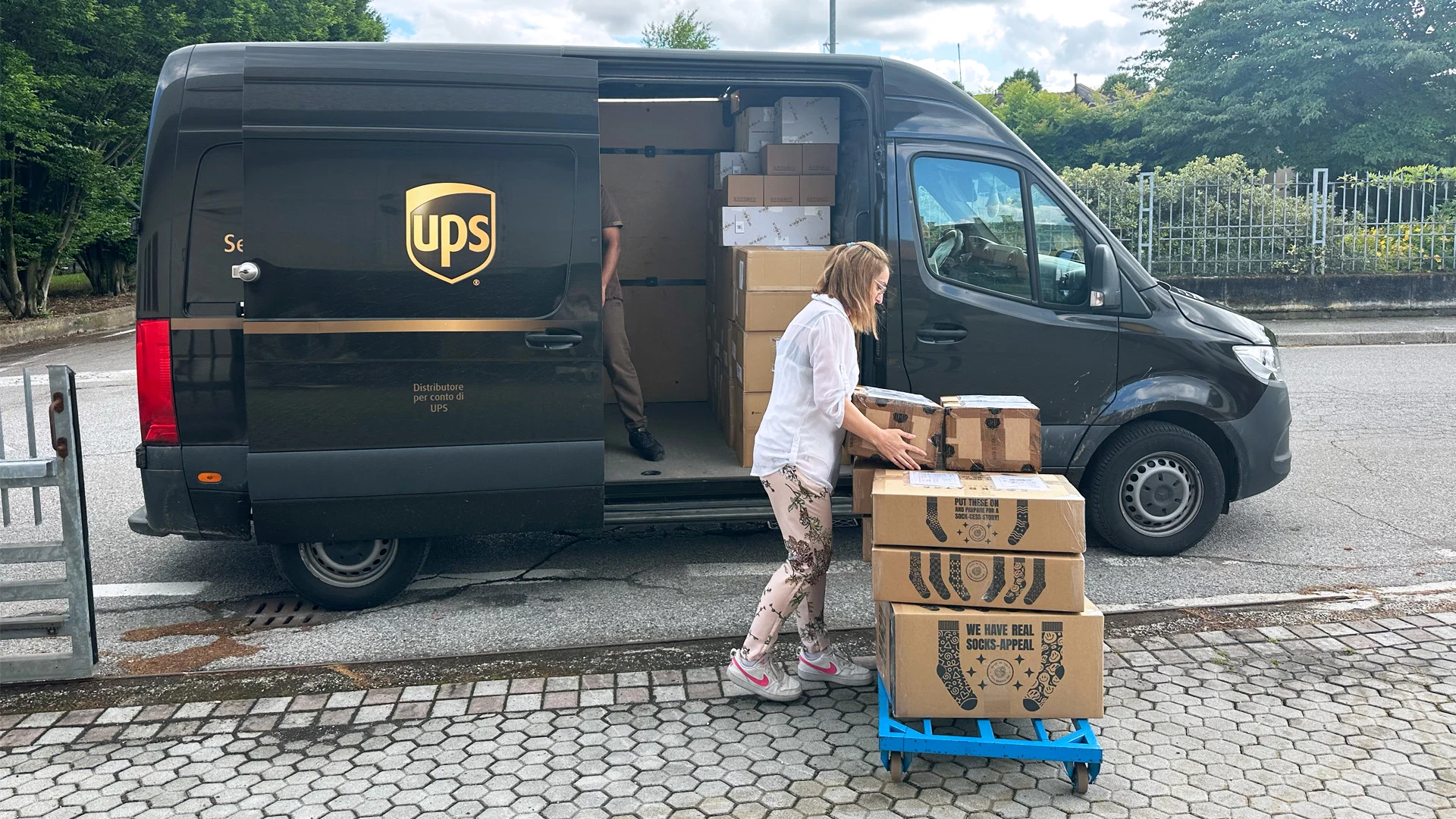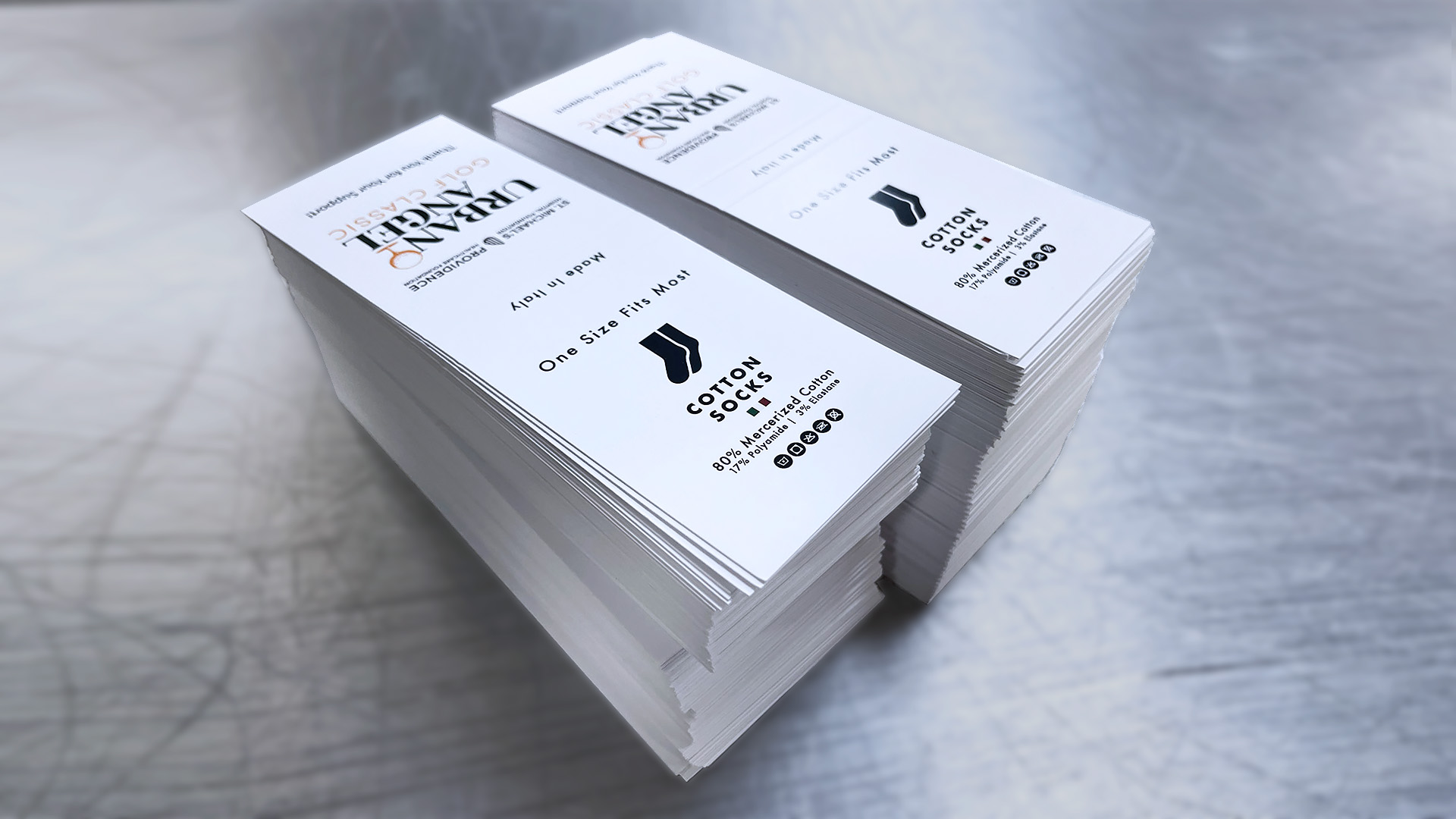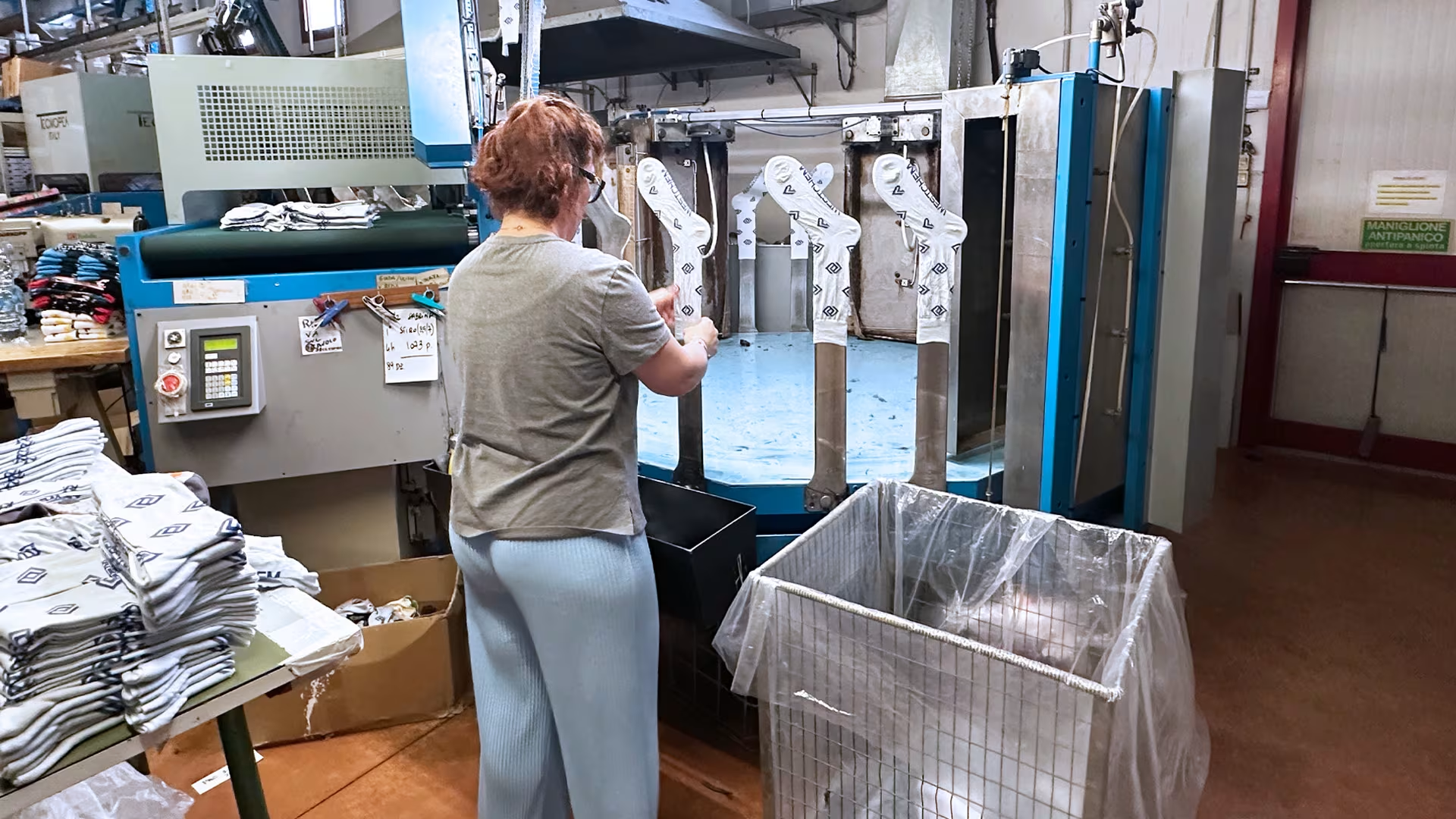If you've ever watched a sock machine at work, you know how hypnotic the process can be. From a bare cylinder of needles to a fully formed, colorful sock, the transformation seems almost like magic. But behind the mesmerizing motion lies a sophisticated process that combines precision engineering, clever design, and a bit of textile wizardry.
From Nothing to Something: The Birth of a Sock
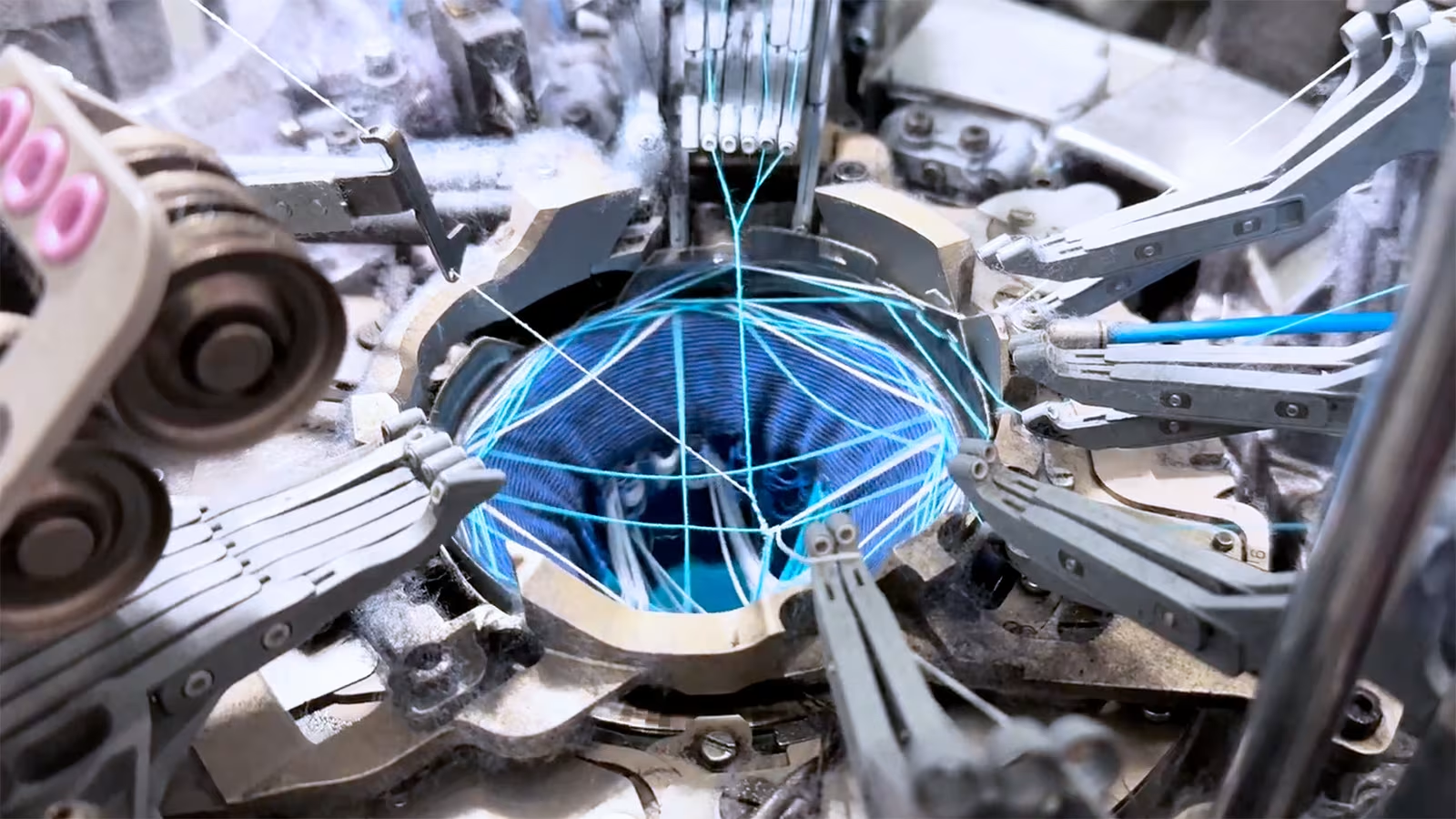
It all begins with a simple thread feed. As the machine kicks into gear, it starts knitting in the round, forming a continuous tube. Within seconds, this colorful spiral starts to resemble the foot of a sock. At this early stage, you’ll notice that the toe is still open - more on that later.
The Turning Point: Building the Heel
As the sock approaches the heel section, the machine shifts from continuous knitting to a precise back-and-forth motion. This is where we reach what’s called the gore line. Here, the machine methodically knits rows in a rocking motion, slowly shaping the heel area to give the sock its recognizable foot form.
Once the heel is complete, the machine resumes circular knitting - picking up exactly where it left off. This ensures a seamless transition in the pattern from the foot to the leg of the sock.
Stretch and Hold: Knitting the Leg and Cuff
With the heel behind it, the machine continues to knit upward, creating the leg portion of the sock. Eventually, it reaches the cuff - the stretchy top band that keeps the sock securely on your leg.
Cuffs are crafted with extra elastane, a stretchy fiber that ensures they stay in place. To prevent fraying, the machine folds the cuff over and knits it back into the top of the leg. This smart finishing technique gives the sock both durability and a clean, polished edge.
Closing the Loop: The Final Toe Seam
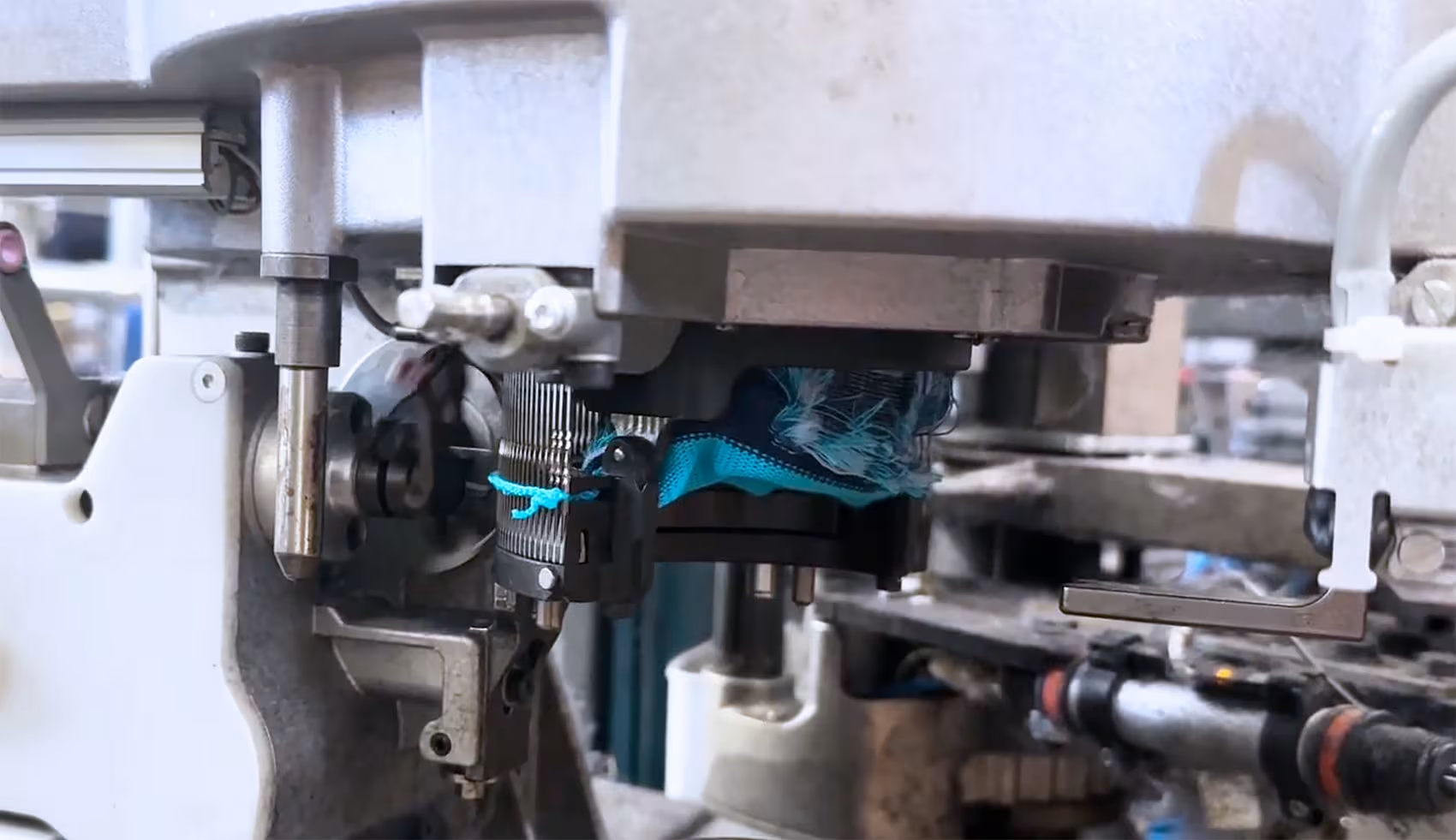
Back in the day, finishing the toe was a separate - and manual - process. The unfinished socks would be transferred by hand onto a carousel-style machine, which would then chain link the toe closed one by one.
But modern technology has changed the game.
Our latest machines now automatically sew the toe closed - no extra handling required. Once the sock body is fully knitted, it’s sucked back down into the machine (inside out) and pneumatically transferred to another section. There, the machine performs a precise chain link stitch, closing the toe from the inside out. This ensures the seam is as minimal and comfortable as possible.
Finishing Touches: Ready for Pairing
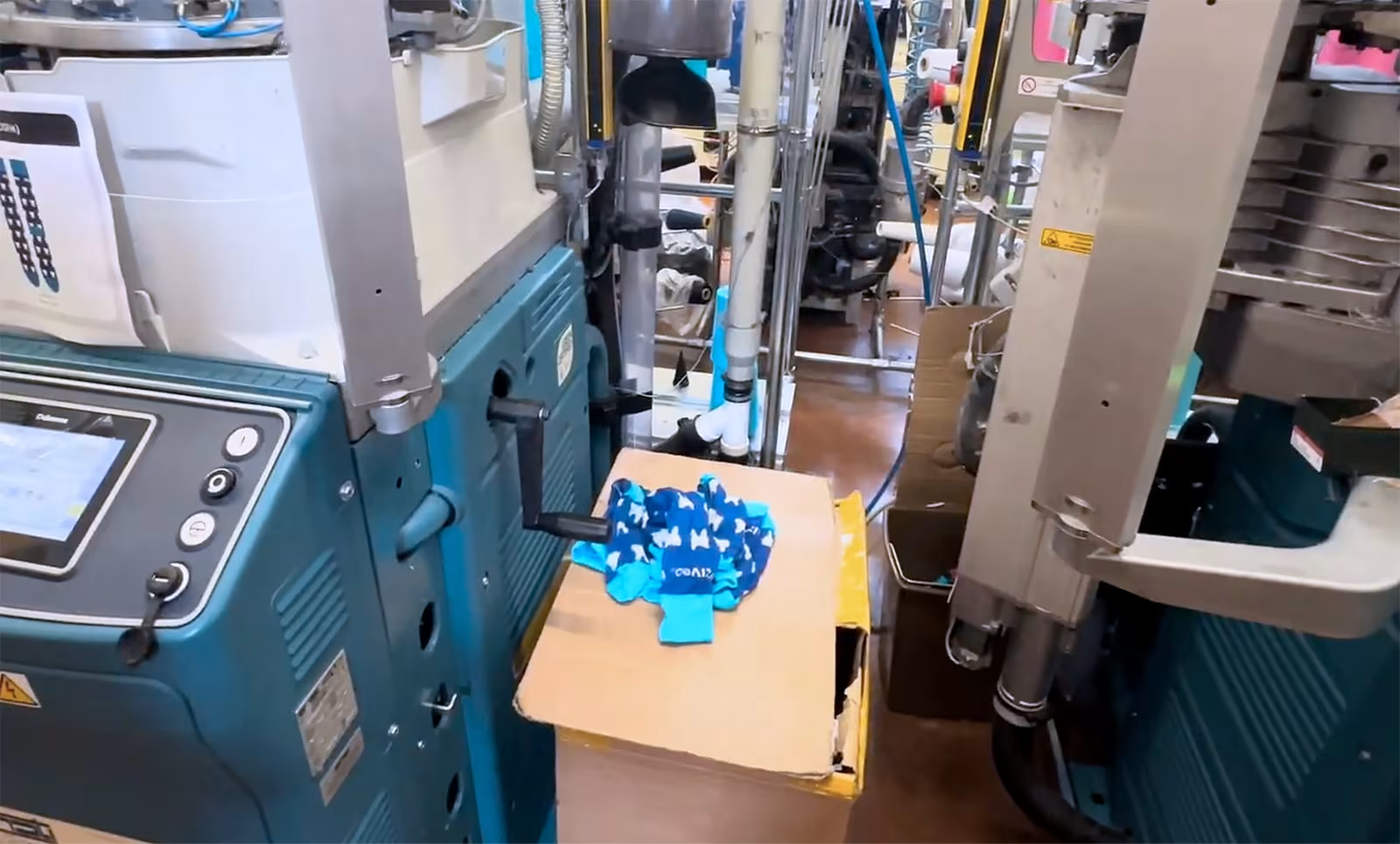
After the toe is closed, the sock is flipped right-side out and shot across the machine one final time. It then lands gently with its future pair, ready to move on to the next phase of production - be it inspection, pairing, packaging, or shipping.
From Thread to Footwear: A Beautiful Process
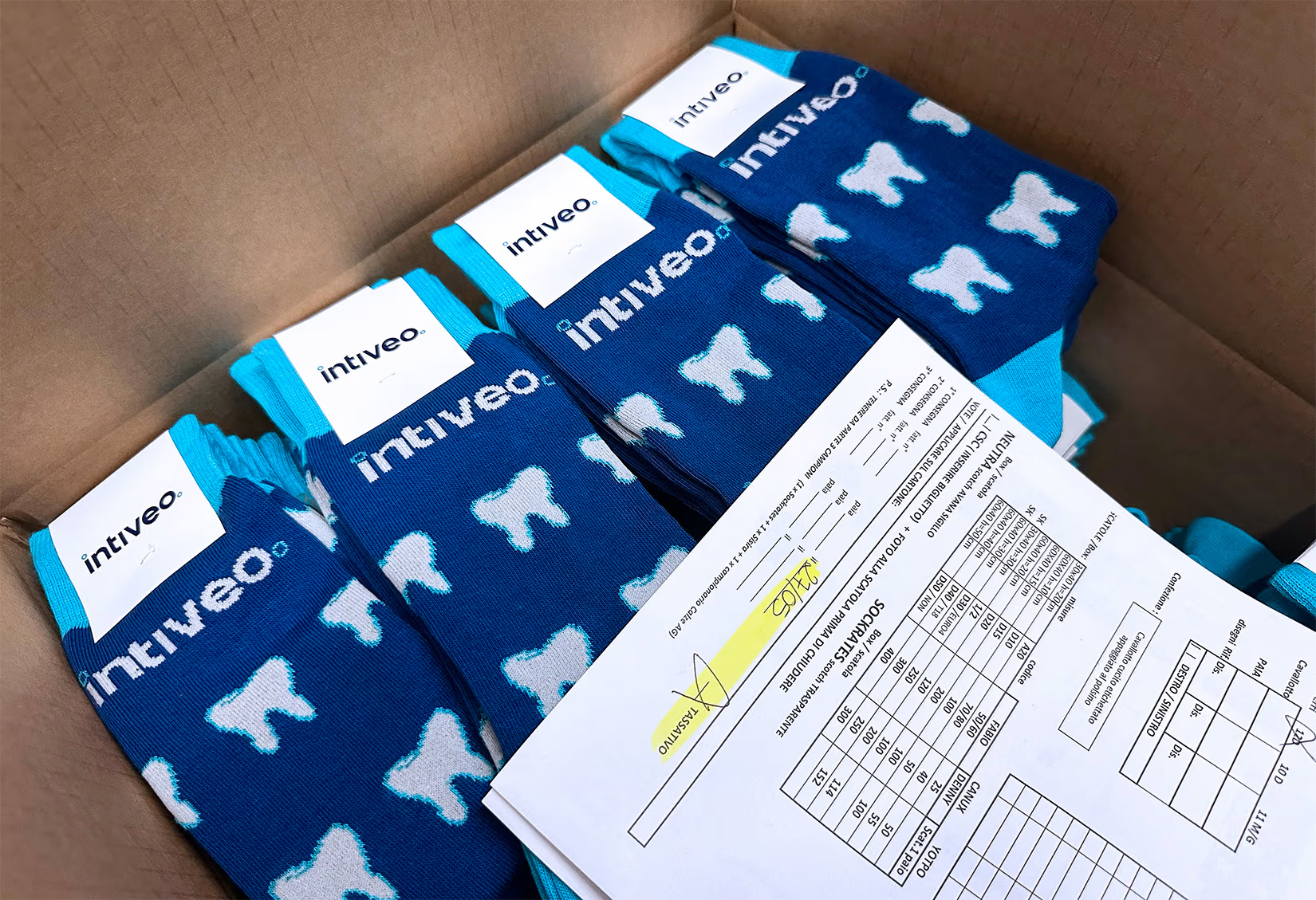
Watching a sock come to life on these machines is a reminder of how far knitting technology has come. What used to be a slow, manual process is now a seamless blend of artistry and automation. And the result? A perfectly shaped, durable, and comfortable sock - ready to be worn, one mesmerizing stitch at a time.






